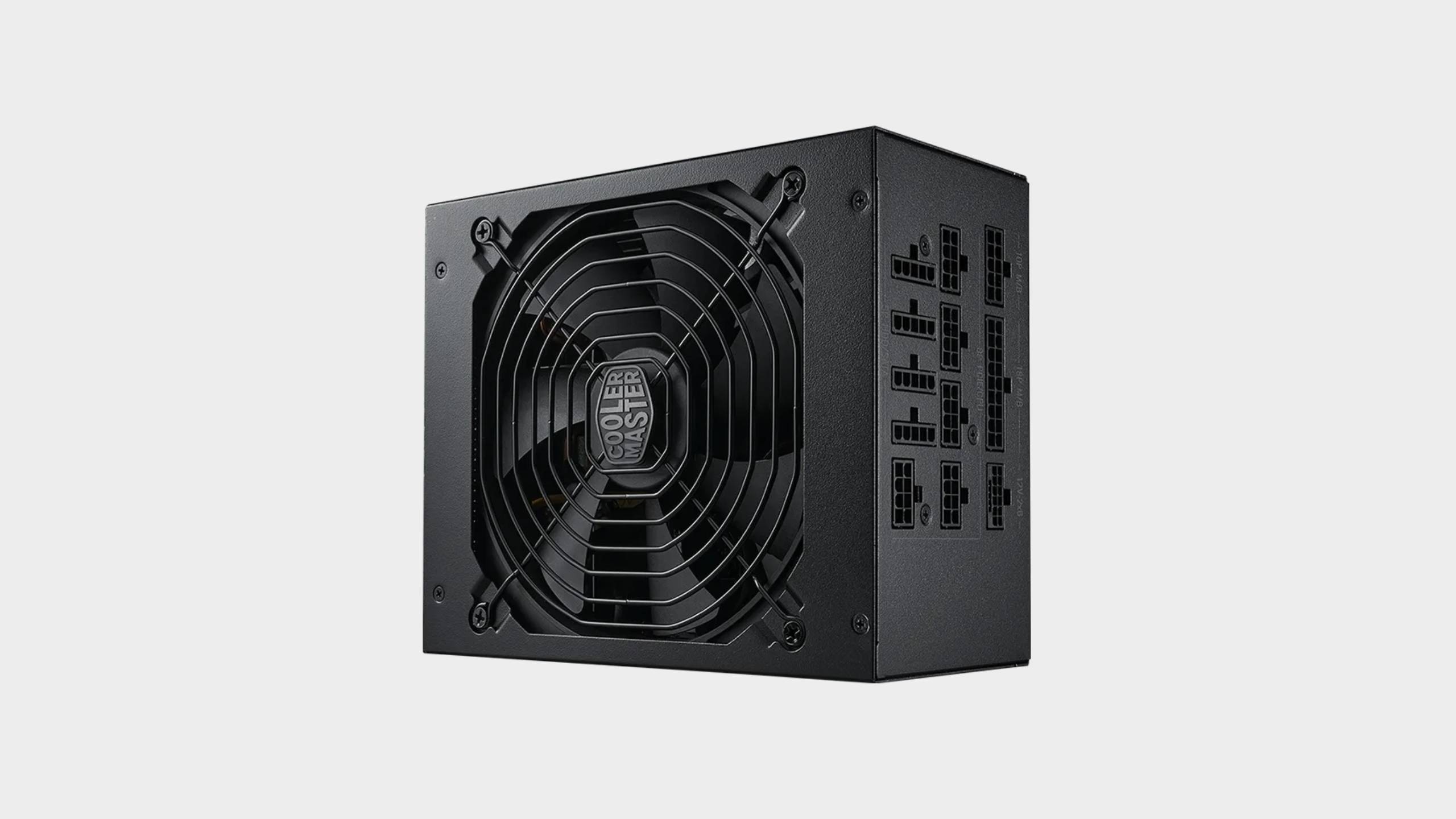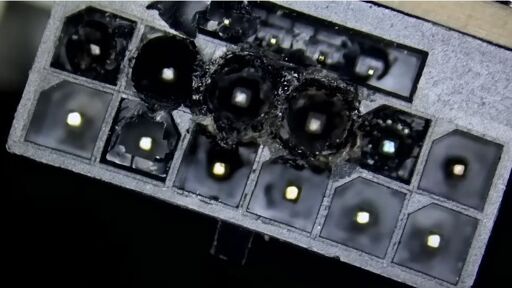Will the drama ever end for the 12V-2x6 power connector? GPU meltgate still hasn’t really ended and companies are seemingly hellbent on fumbling the ball when it comes to the connector’s design. And then apparently recommending potentially dangerous ‘fixes’ that, er, don’t even work.
At least, that seems to be the case with Cooler Master’s support recommendation to a customer who connected support about a power connector that wouldn’t fit their GPU.
This is relayed by Igor Wallossek of Igor’s Lab who, true to form, has thoroughly tested the power cable and the proposed fix. The problem the customer relayed was that the angled connector that came included with a certain Cooler Master power supply was angled so it was hitting the cooler when attempting to plug it into an Asus RTX 5070 Ti OC.
Cooler Master’s suggested fix was to adjust the angle of the cable by using “a small pick or flat screwdriver to release the clips from both sides of the cap.”
If your initial reaction to this suggestion isn’t to pull a cartoonish O-face, then maybe you’ve forgotten about the fact that these 12V-2x6 cables seem to be prone to melting, at least with higher-end graphics cards. That’s a problem that hasn’t gone away, either, despite attempted solutions such as yellow connector pins. Check out a bunch of X user Unikoshardware’s recent posts to see just how far from fixed this issue is.
If that’s the lay of the land without tampering, then Cooler Master’s suggestion to start prying at the connector and angling the cables differently doesn’t fill me with an overabundance of confidence. And it turns out my gut’s right in that assessment, according to Igor’s testing.
Igor tried this proposed fix and found that changing the angle of the Cooler Master MWE Gold V2 ATX 3.1’s connector in fact shuffles the cables around and changes their tension. He says: “Even minimal relief at this point is enough to measurably increase the contact resistance” finding that “the shorter strands are now under tension, which leads to a permanent load on the crimp connection.”
This can lessen longevity due to movements at contact points, and can also cause hotspots.

This is the Cooler Master MWE Gold 1250 V2 ATX 3.1, which comes with the problem cable in question. (Image credit: Cooler Master)
In fact, he explains that the results he saw would almost certainly cause the cable to fail in an uncontrolled environment unlike his, which has active current monitoring and automatic shutdown safety measures.
The real kick in the teeth here, though, is that this ‘fix’ doesn’t even seem to be a fix for the issue. The problem, Igor identifies, is not the angle of the cable, but a guiding clip that remains on the plug even once you unclip the right-angle element. This will interfere with a large number of especially high-end graphics cards (you know, the ones that draw all the power) and make it difficult to make a secure connection.
What this reveals is arguably a much worse issue than originally thought. Igor finds that, because this little latch that catches on the GPU cover thanks to the sunken socket in the RTX 5070 Ti he’s using, this stops the cable plugging in all the way. This is particularly dangerous for these cables because having the cables properly seated is one of the main ways to decrease the chances of them melting. That’s why companies have started making the pins yellow, because that way you can notice the yellow if they’re not plugged in all the way.
That the Cooler Master cable is designed this way leads Igor to conclude that “neither a practical quality control nor a mechanical test on real hardware can have taken place.”
“No manufacturer who had even once tried to use this connector in a current high-end GPU such as an RTX 5090 Suprim, a 4090 Strix or similar cards would have been able to get past this design without noticing the massive design flaw. The connector is simply too high, the cap too bulky and the exit angle of the cables too steep. Even a single installation test would have shown that the mechanical fit is not given.”
So, we seem to have a cable that just doesn’t work with many modern high-end GPUs, and a proposed ‘fix’ that doesn’t fix anything but instead makes failure and damage even more likely. Yeah, I’d be keeping away from this one.
From PCGamer latest via this RSS feed


